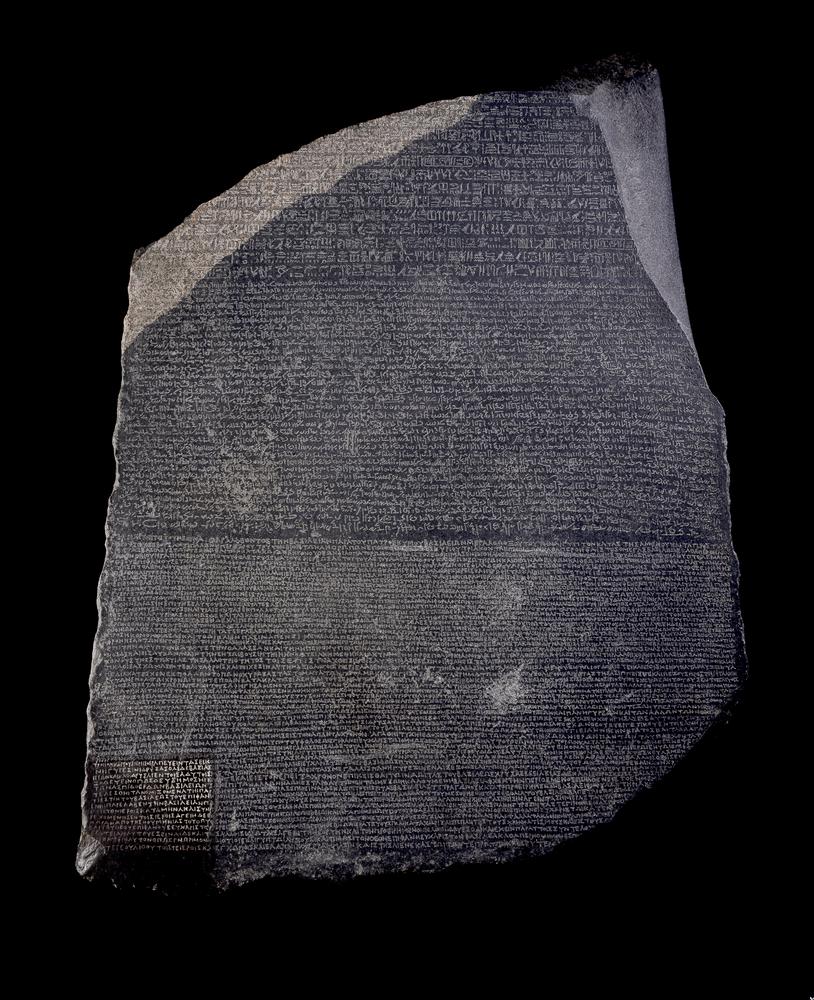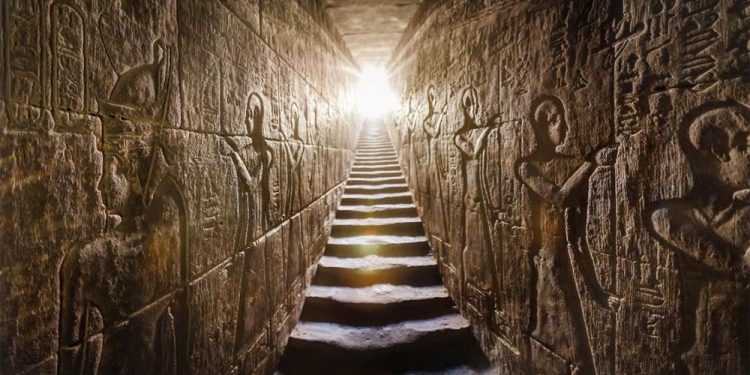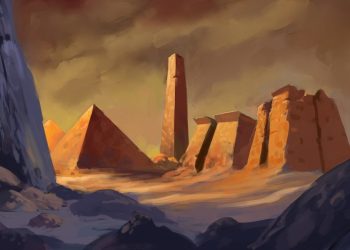In ancient Egypt, few people were literate. Reading and writing were mysterious and complex sciences that were usually studied in temples only by priests and children of nobles.
Along with the fall of Egypt under foreign rule, the language and script of the victorious peoples invaded it, and fewer and fewer people could read the Egyptian script. Gradually, the Egyptian language changed and disappeared.
There came a time when few people knew what these strange signs meant and in what language they were written. Ancient Egyptian writing sank into complete oblivion.
Modern scholars foretold and sought to discover the secret of the Egyptian script for centuries. Why are the inscriptions in the temples written with some signs, and the Egyptian papyri, with completely different signs? What do the images of birds, animals, fish, plants mean – letters or concepts?
Today, for example, if we see a label with a skull on a bottle or box, we already know that the contents are poisonous. Didn’t Egyptian drawings convey people’s thoughts in this way? Didn’t every word in the Egyptian script have a special character, as it does today in the Chinese alphabet?
Many scientists have struggled to answer these questions. Some had devoted their entire lives to the study of ancient Egyptian writing, attempting to decipher it in countless ways. But still, the Egyptian letter remained a mystery.
It was not until the end of the 18th century (1799) that an accidental find gave the key to this mystery. This happened during Napoleon’s campaign in Egypt. Several soldiers began digging a trench near the Egyptian city of Rosetta. Unexpectedly, their shovels came across a stone slab.

“Buried treasure!” they decided and quickly began to uncover the stone. Well… they were deeply disappointed. Instead of the expected treasure, the soldiers dug up only a rather large stone slab densely inscribed with an unknown letter. The plate turned out to be a treasure, but … for science. It gave the key to read the Egyptian letter – The Rosetta Stone.
Since then, ancient Egyptian writing and language have been revived in the work of archaeologists and historians, helping them write the history of one of the world’s greatest civilizations piece by piece.
With this said, how about we learn some more about ancient Egyptian writing?
• Hieroglyphic writing. (2020, November 18).
• Learn Hieroglyphs. (n.d.).
• Scoville, P. (2020, December 21). Egyptian Hieroglyphs.











